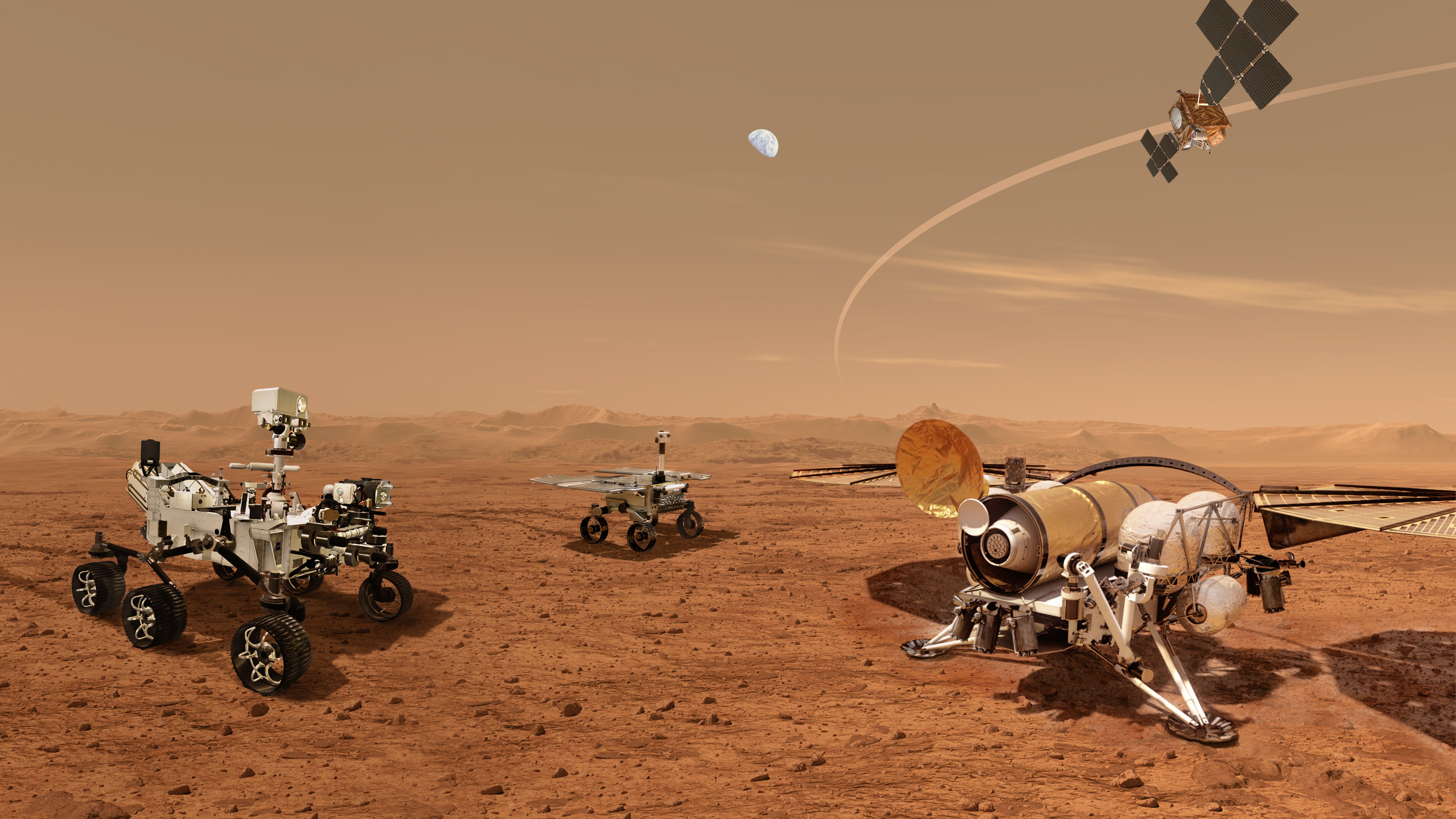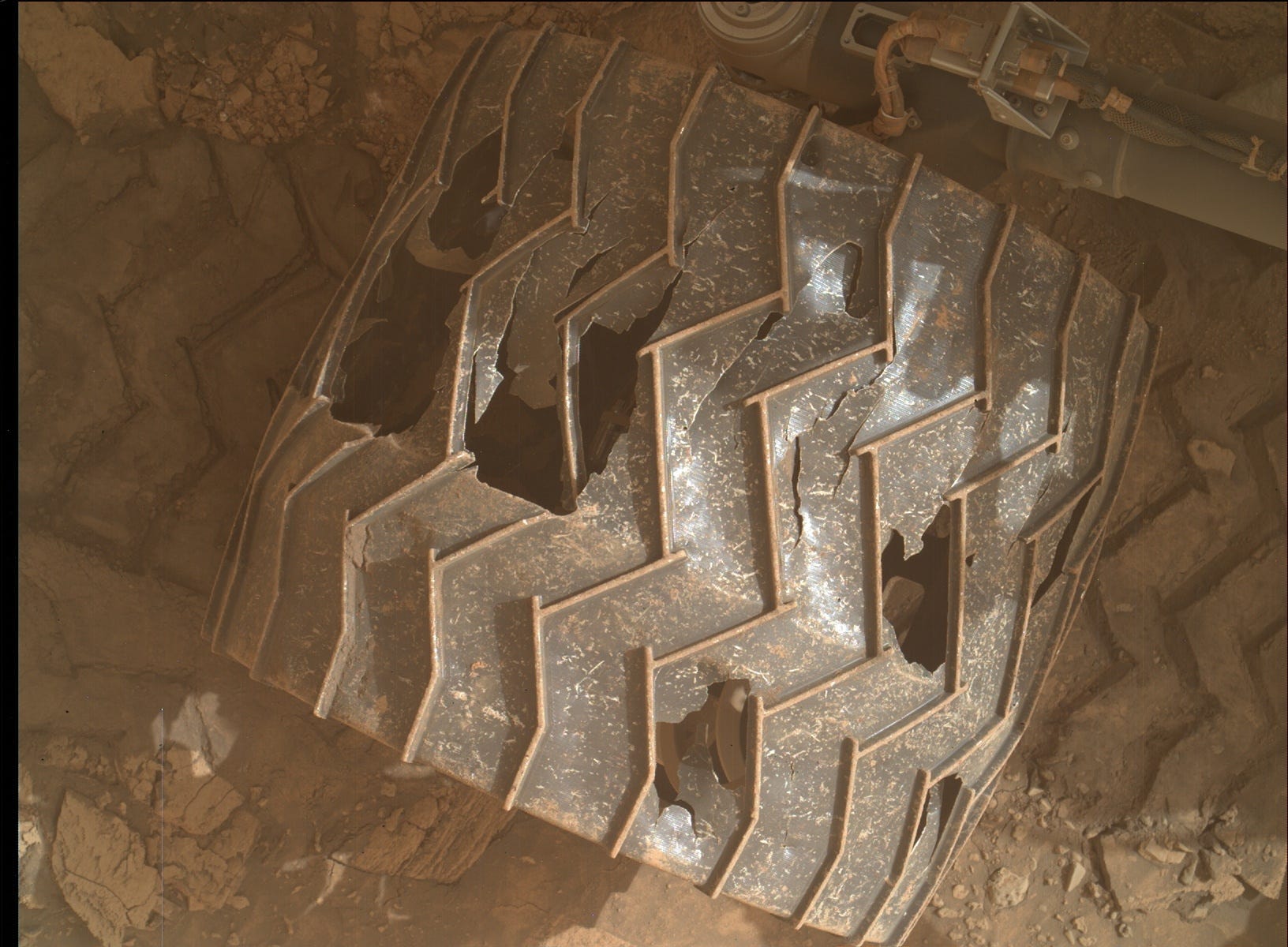
The NuScale SMR design
The U.S. Nuclear Regulatory Commission (NRC) has agreed to certify the first small and modular nuclear reactor, paving way for the design to be used in the U.S. This is the seventh nuclear reactor to be certified, the regulator’s press release said, but the first small reactor to have this milestone.
With reducing carbon emissions the priority target for power generation, nuclear energy is poised to make a major comeback. As nations look to secure their energy requirements, nuclear reactors offer a viable option. However, nuclear plants using conventional reactors are not only land intensive but also need investments of time.
Smaller nuclear reactors are being touted as the solution that can address the drawbacks of larger nuclear plants. However, these reactors are still in their design and testing phases and are still significant time away from actual deployment, except for the Oregon-based NuScale Power, whose small and modular reactor will soon be certified.







:format(webp)/cdn.vox-cdn.com/uploads/chorus_image/image/70493735/51370391111_a43a3825e5_o__1_.0.jpg)


